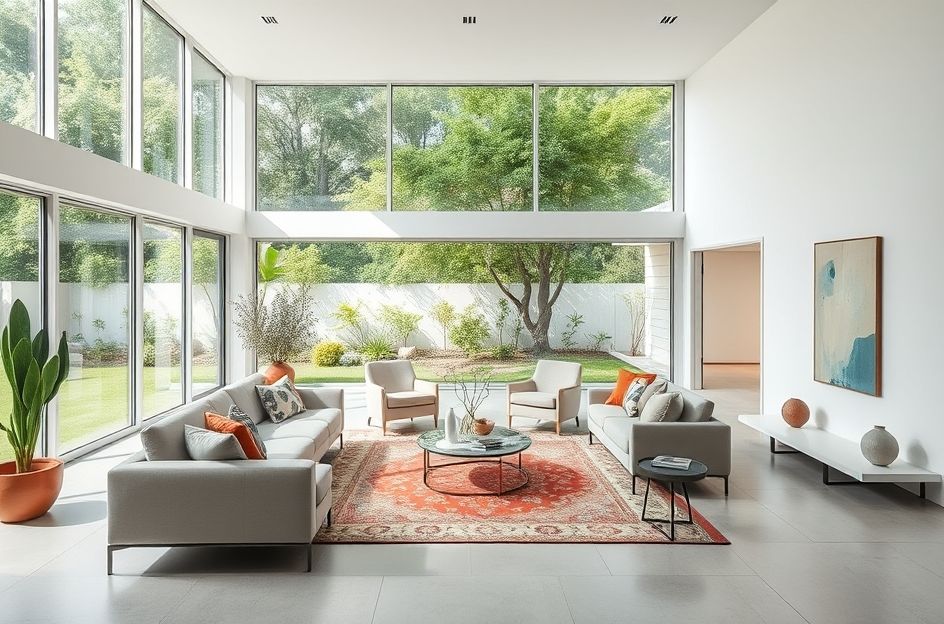Modern design, a movement born at the dawn of the 20th century, draws inspiration from its forerunners, notably the Bauhaus and International styles. The Bauhaus, an influential architectural school founded in 1919, championed simplicity and the integration of technology. Its principles rapidly gained traction worldwide, becoming known as the International Style. Le Corbusier, a Swiss architect, significantly shaped International and Modern design through his concept of open interior spaces.
The genesis of the Modern style sparks continuous debate. The Industrial Revolution’s advancements in the mid-19th century introduced technological innovations and novel building materials. The sleek lines characteristic of Modern design were facilitated by the mass production of glass, steel, and concrete in the 20th century. Some argue for a direct correlation with contemporary art movements such as Expressionism and Fauvism. The era’s prevailing sense of progress and socio-political upheavals undoubtedly exerted influence. Regardless of its precise origins, the Modern movement undeniably embodies a period of remarkable inspiration and change that persists to this day.
Today, modern design manifests predominantly in interior spaces. Browsing home magazines from recent years reveals a focus on modernizing homes. Designers are constantly asked for advice on achieving a chic aesthetic, and the modern style is currently considered the epitome of chic.
The open floor plan concept pioneered by Le Corbusier remains central to Modern design. Modern homes feature sparsely furnished floor plans. Simplicity and minimal ornamentation define the look, reflecting a design philosophy of ‘less is more’. This trend mirrors the streamlining of technology seen in computers, televisions, cell phones, and automobiles, driven by the demand for convenience. A faster-paced lifestyle necessitates convenience, which translates into interiors characterized by minimal clutter and modular, simple furnishings.
Walls serve as a backdrop to the open plan, often featuring neutral colors like white, black, brown, gray, beige, and chrome. Originally, primary colors were incorporated through accessories and artwork. Contemporary iterations often integrate natural themes with cool greens and blues. The versatility of the modern style allows for incorporating any color in moderation against a neutral backdrop.
Flooring typically incorporates natural elements, such as wood planking or bamboo. Brick, stone, and tile maintain a neutral canvas. Rugs offer opportunities for personalization, with infinite sizes, shapes, colors, and designs available to soften stark spaces.
Industrial-style lighting complements ultra-modern homes. Track lighting, spotlights, and recessed cans are popular choices, while floor and table lamps add personal touches. Lighting options are vast and don’t necessarily require a significant investment.
Accents and furnishings offer the most creative freedom within the modern style. There are few defined rules, allowing for personal expression. Colors can be drawn from rugs, artwork, or incorporated through modern oil paintings. The primary guideline is to use decorative items sparingly.
Ultimately, design is characterized by frameworks that are continuously debated. Modern designers and architects consistently explore the philosophy of design. Personal opinion and philosophy are paramount. Use the frameworks as a blank canvas – paint as you will. Embrace eclecticism, intrigue, and color, but above all, cultivate uniqueness. This, after all, is the essence of the modern way.
